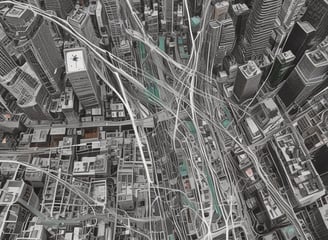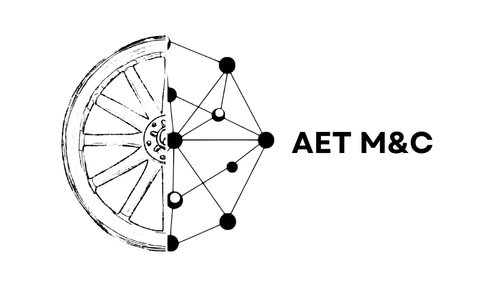Mobility
The mobility sector is undergoing rapid transformation, driven by the latest news in business and technological advancements. From electric vehicles to autonomous driving technology, innovations are reshaping how we approach transportation. Companies are investing heavily in sustainable mobility solutions, with a focus on reducing carbon footprints while enhancing user experience. Additionally, the rise of smart infrastructure and connected devices is streamlining urban mobility, making it more efficient than ever. New business models, such as ride-sharing and micro-mobility services, are emerging to cater to changing consumer preferences. As these trends continue to evolve, they promise not only to revolutionize the way we travel but also to significantly impact economies and urban planning around the globe. Keeping abreast of these developments is crucial for stakeholders looking to leverage the full potential of the mobility landscape.


Mobility has always been at the heart of human progress. From the earliest days of civilization to the digital age, the way we move has shaped societies, economies, and cultures. Today, mobility is undergoing a rapid transformation driven by technology, sustainability, and new consumer expectations.
From early human migrations to modern automobiles and aviation, mobility has evolved through key innovations such as animal domestication, the wheel, steam-powered transport, and industrial advancements, continuously shaping societies and economies.
Modern Digital Mobility Solutions
The 21st century has brought a digital revolution in mobility. Innovations such as ride-sharing, electric vehicles (EVs), and autonomous driving are redefining the way we move. Some of the most impactful developments include:
Smart Transportation Systems: Real-time traffic management and predictive analytics optimize urban mobility.
Mobility-as-a-Service (MaaS): Integrated platforms like Uber, Lyft, and city-wide transport apps allow seamless travel across multiple modes of transportation.
Autonomous and Connected Vehicles: Self-driving technology, AI-driven navigation, and vehicle-to-vehicle communication enhance safety and efficiency.
Sustainable Mobility: Electric and hydrogen-powered vehicles, bike-sharing systems, and pedestrian-friendly urban planning contribute to reducing carbon footprints.
Challenges in Today’s Mobility Landscape
Despite technological advancements, modern mobility faces several challenges:
Urban Congestion: Growing urban populations put pressure on transport networks, leading to traffic jams and increased pollution.
Sustainability Concerns: Balancing the demand for mobility with environmental goals remains a pressing issue.
Infrastructure Gaps: Many regions lack the necessary infrastructure to support digital and electric mobility solutions.
Data Privacy and Security: The rise of connected vehicles and smart transport systems raises concerns about cybersecurity and user data protection.
The Future of Mobility
The future of mobility lies in greater integration, sustainability, and efficiency. Advances in AI, 5G connectivity, and green energy will continue to shape the mobility landscape. Governments and businesses must collaborate to build resilient infrastructure, promote equitable access, and embrace innovation to create a seamless, efficient, and sustainable mobility ecosystem.
As we move forward, knowledge-sharing communities play a crucial role in fostering discussions, exchanging ideas, and shaping the mobility solutions of tomorrow. Join us in exploring and contributing to this exciting journey!


